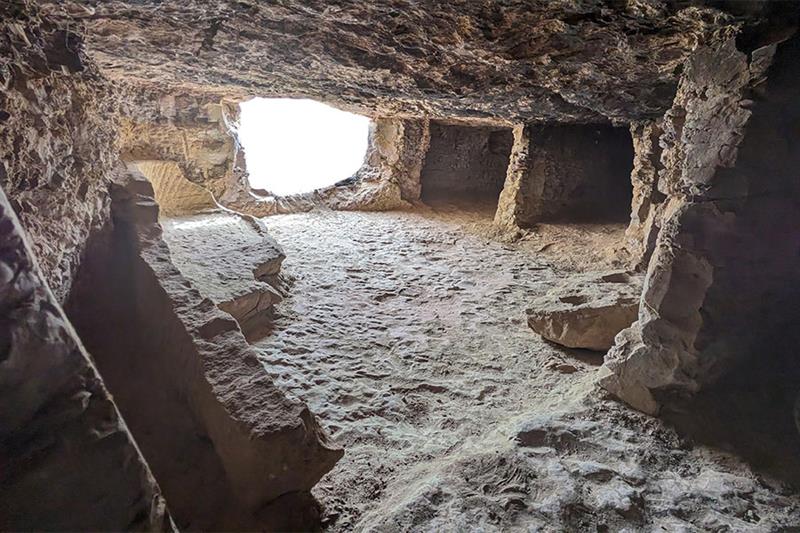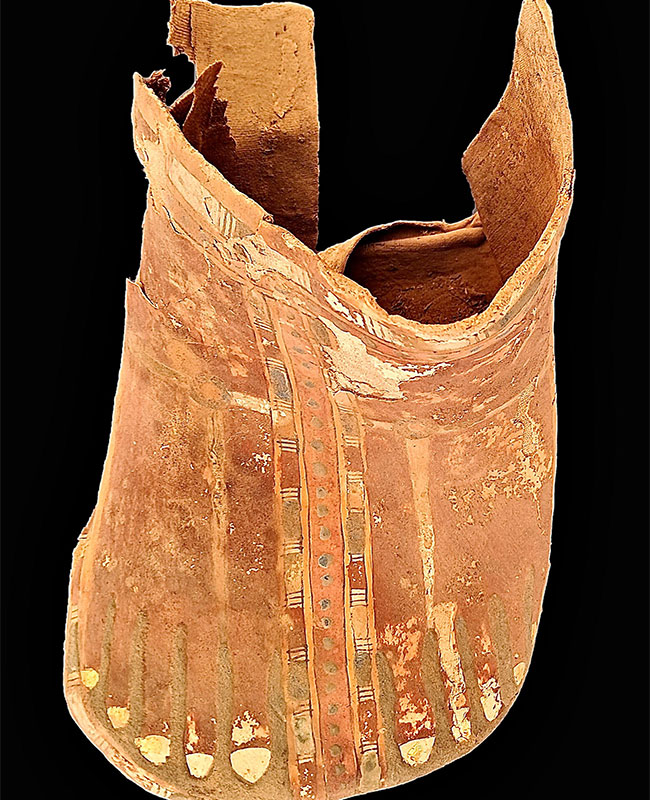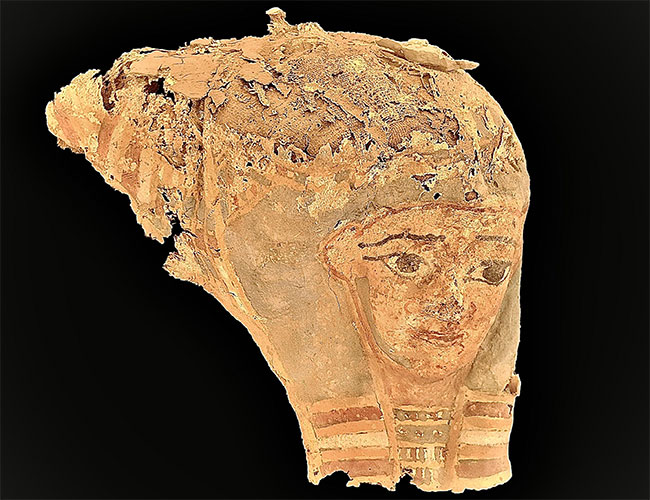Aswan's newly discovered Graeco-Roman family tombs shed light on diseases
Nevine El-Aref , Monday 24 Jun 2024
An Egyptian-Italian archaeological mission has uncovered early this month a group of 33 previously unknown Graeco-Roman family tombs in the vicinity of the Aga Khan Mausoleum at Aswan's west bank. The discovery sheds light on the diseases inhabitants of that era had suffered.

The cemetery of more than 400 tombs from the sixth century BC to the third century AD is located on more than 10 levels of terraces.
The tombs have distinguished architectural design, some have vaulted entrances preceded by an open courtyard surrounded by mudbrick walls, while others are directly carved into the mountain rock.

"It is a very significant discovery, adding a new historical dimension to the Aga Khan area," said Mohamed Ismail Khaled, secretary-general of the Supreme Council of Antiquities (SCA). He explained that some of the tombs contain parts of mummies and remnants of funerary tools, providing valuable insights into that period and prevalent diseases.

Among the mummified bodies are an adult, probably a woman, and a child, with an estimated age at death ranging between one to two years old, resting one over the other in a stone coffin.
Further analysis will be carried out to understand the relationship between the two bodies. Additionally, many mummified remnants were found inside the tombs along with fragmentary painted terracotta figurines, stone and wooden coffins. Offering tables and many painted cartonnages were found.

"Data suggests that middle class citizens of the Elephantine Island were buried in this part of the necropolis, while the upper parts of the same necropolis seem to be reserved to the upper classes," said Abdel-Moneim Said, general supervisor of Antiquities of Aswan and Nubia and head of the archaeological mission from the Egyptian side.
Said added that analysis of the structure of these tombs provides insight into the hard-working conditions of the ancient craftsmen and their outstanding achievement: in fact, they overcome the obstacle of digging deeply into the rock low ceiling funerary rooms and galleries.
The mission has also carried out anthropological and radiological analyses on many individuals discovered, using state-of-the-art technology.
Patrizia Piacentini, professor of Egyptology at the University of Milan and head of the mission from the Italian side, explained that the anthropological study drew a biological profile as complete as possible, including sex diagnosis, estimated age at death, and any pathological or traumatological signs.
The team discovered that in different tombs of the necropolis 30-40 percent of the individuals were very young, from new-born to adolescent. Some individuals suffered infectious diseases or metabolic disorders; the femur of a mature woman showed clear signs of amputation, to which the person survived since there is evidence of an osteoporosis callus.
Other bodies present signs of anaemia, nutritional deficiencies but, also, traces of tuberculosis and signs of osteoarthritis, marks of death at an old age.
In other case, no significant bone pathology is recognized, so the cause of death is assumed to be infectious diseases.
The CT scan also revealed the presence of bracelets on the wrist of some individuals, and it was possible to obtain a three-dimensional reconstruction of them using the virtual unwrapping technique.


-- Sent from my Linux system.
No comments:
Post a Comment